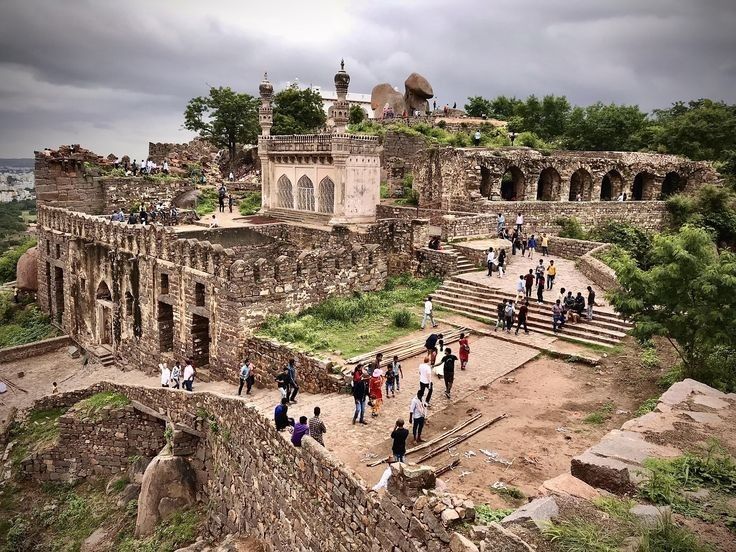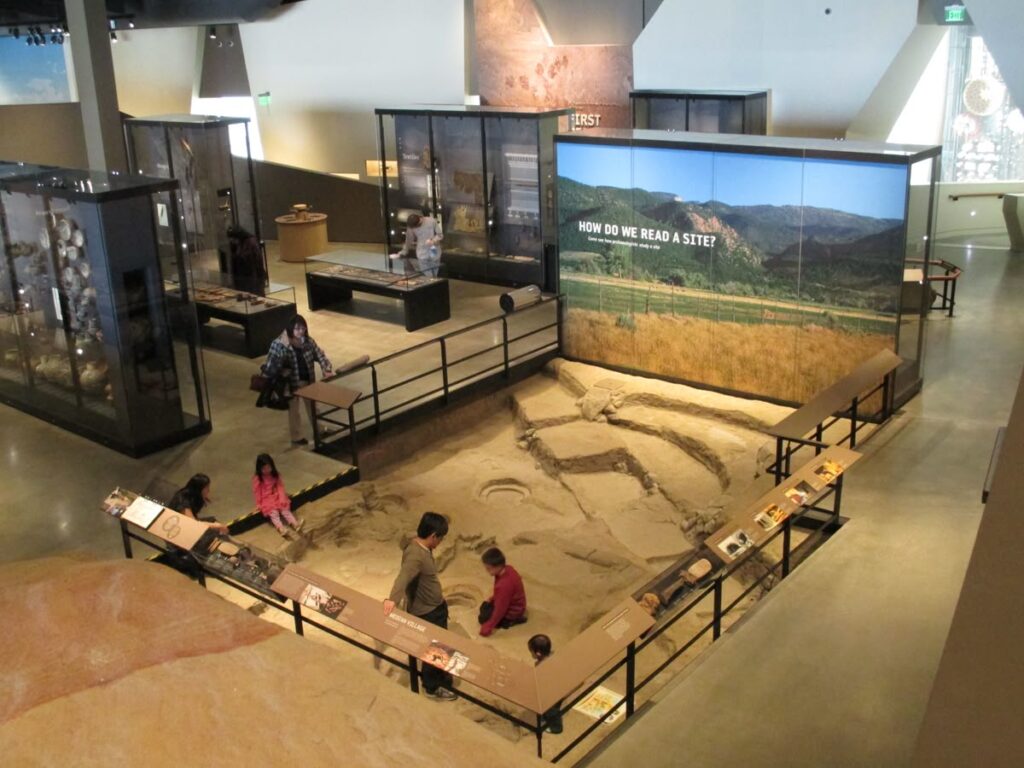Bhismaknagar Fort
Standing as a silent witness to Arunachal Pradesh’s glorious history, Bhismaknagar Fort is one of the most significant archaeological sites in Northeast India. Located in the Lower Dibang Valley district, this ancient fort is believed to date back to the 8th century and is associated with the Idu Mishmi tribe as well as legends from the Mahabharata. Its stone walls, historical ruins, and serene setting make it a fascinating destination for history buffs, cultural travelers, and anyone interested in exploring Arunachal’s heritage.
Highlights of Bhismaknagar Fort
🏰
Ancient Stone Fort
8th-century structure spread over $10\text{ sq. km}$. Witness the architectural grandeur of a bygone era.
🏺
Archaeological Significance
Excavated artifacts, pottery, and bricks offer tangible links to ancient life.
📜
Mythological Link
Associated with King Bhismaka and the legendary love story of Rukmini and Lord Krishna.
🌿
Scenic Surroundings
The fort is nestled amidst picturesque hills and provides breathtaking views of lush greenery.
🎭
Cultural Experience
A chance to learn about the unique culture and rich history of the Idu Mishmi tribe.
📸
Perfect for Photography
Capture the stunning juxtaposition of ancient ruins and vibrant, natural beauty.
Historical Significance & Architecture
Bhismaknagar Fort is an architectural marvel of its time, built using baked bricks and stone masonry. The fort complex includes six entrance gates, halls, and several rooms, giving a glimpse of its grandeur in the past. Archaeologists have found pottery, terracotta figurines, and iron tools here, indicating a flourishing civilization. The fort’s layout suggests it was both a defensive stronghold and a cultural center, playing a key role in regional trade and administration centuries ago.

Legends & Mythology
Bhismaknagar Fort is steeped in mythology. It is believed to be the kingdom of King Bhismaka, father of Rukmini (the consort of Lord Krishna). According to legend, it was from here that Krishna abducted Rukmini before their marriage, an event celebrated in many parts of Northeast India. This mythological connection makes Bhismaknagar not just an archaeological site but also a place of spiritual and cultural importance.
Natural Beauty & Surroundings
Beyond its history, Bhismaknagar offers a peaceful retreat into nature. The fort is surrounded by verdant hills, making it a perfect spot for a quiet stroll or photography. The drive to the site is scenic, with views of rivers, forests, and traditional villages along the way. Combining a trip to Bhismaknagar with nearby destinations like Roing, Mayudia Pass, or Hunli makes for a rewarding cultural and nature-filled experience.
Archaeological Excavations & Museum
Excavations at Bhismaknagar have unearthed fascinating artifacts – decorative pottery, terracotta plaques, beads, and other items that hint at the socio-economic life of its inhabitants. Many of these findings are preserved in a small onsite museum, allowing visitors to step back in time and imagine the thriving civilization that once existed here.

Frequently Asked Questions (FAQs)
Q1: Why is Bhismaknagar Fort famous? ▸
Q2: What is the best time to visit Bhismaknagar Fort? ▸
Q3: How much time is needed to explore the fort? ▸
Q4: Are there guides available at the site? ▸
Q5: Is there an entry fee? ▸
Q6: Can Bhismaknagar be combined with other attractions? ▸
Step Back in Time – Visit Bhismaknagar Fort
If you love exploring history, legends, and hidden gems, Bhismaknagar Fort should be on your Arunachal Pradesh itinerary. Walk through its ancient gateways, imagine the life of its past inhabitants, and soak in the tranquil surroundings. Combine your visit with Roing and Mayudia for a perfect mix of culture and nature. Plan your trip today and uncover one of Northeast India’s most fascinating heritage sites!
Plan Your Visit Now